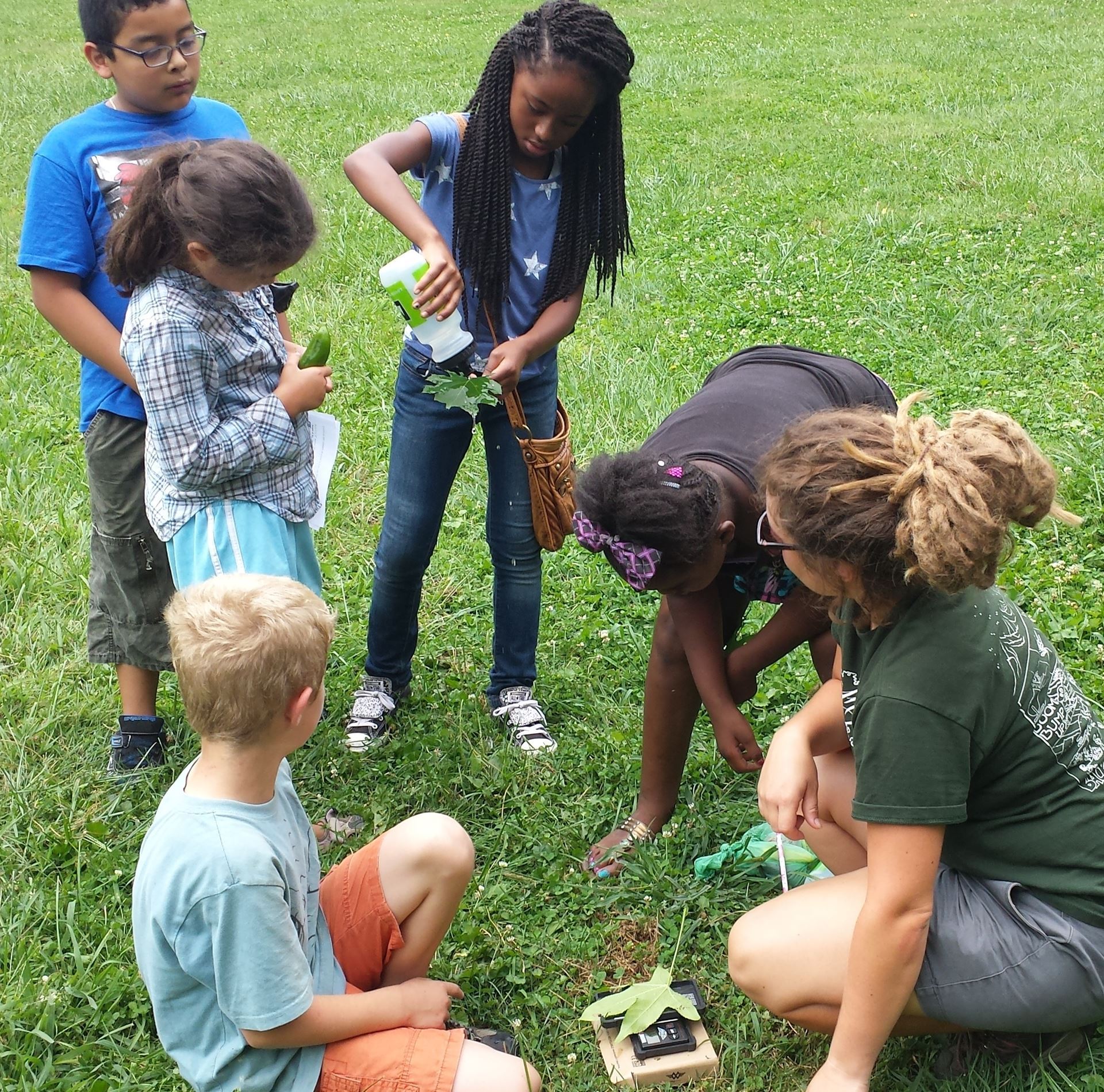 |
What IS environmental literacy?
 Environmental literacy is an individual’s understanding of how their actions and decisions affect the environment. Armed with this information, people can act on that understanding in a responsible and effective manner.
Environmental literacy is an individual’s understanding of how their actions and decisions affect the environment. Armed with this information, people can act on that understanding in a responsible and effective manner.
Environmental literacy is the primary and overarching goal of environmental education. It is an experiential life-long learning process that increases awareness about the environment and results in a citizenry empowered to meet their future responsibilities regarding the environment.
An environmentally literate citizen has the knowledge, tools, and sensitivity to weigh various sides of environmental issues to make responsible decisions as individuals and as members of their community.
Indiana's Environmental Literacy Guidelines
Environmental Literacy Guidelines
In 2008, after a symposium of organizations from across the state, EEAI learned that there was a strong desire for Indiana to have an Environment Literacy Plan. The first step toward developing an Environmental Literacy Plan was to establish Indiana's Environmental Literacy Guidelines. With guidance from the North American Association for Environmental Education, the Indiana Department of Education, business leaders and nonprofit organizations, EEAI developed the state's Environmental Literacy Guidelines. The document provides guidance for educators on four key competency areas as they relate to Environmental Education: Analysis, Knowledge, Skills, and Action and includes specific benchmarks for assessing environmental literacy in 4th, 8th, and 12th grades.
View Indiana's ELGs here: Indiana Environmental Literacy Guidelines.pdf
The ELGs align with Indiana Academic Standards. You can access more information about that alignment here: ELG Indiana Standard Alignment.xlsx